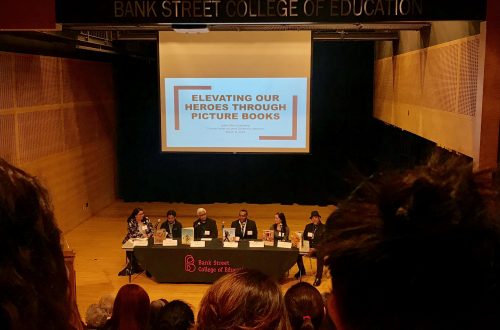
AERA Annual Meeting, Toronto, April 2019
The weekend of April 5th-8th I spent visiting Toronto, Canada. As a member of AERA, I attended their Annual Conference to check in with the latest research in education. I had the opportunity to sit in on many different topics, with one that stood out to me and my areas of interest. I attended a session on the Gentrification of Neighborhoods and School (Re)Segregation. The session was chaired by Janelle Scott from University of California- Berkeley and Jennifer Jellison Holme from University of Texas at Austin. The presenters examined what happens to schools in cities that have become gentrified. Some schools suffer low enrollment as rent goes up and low-income families become displaced while other schools become gentrified as well, as middle class families move in and push low-income families out.
I am intrigued by this topic. What happens to the families who spend much of their lives in lower income neighborhoods because this is a part of who they are when middle class families move in and force the rents to raise? In the session, presenters highlighted some key indicators of school gentrification:
- material and economic upgrades in schools
- changes in school culture and climate
- exclusion or marginalization of low-income students and their families (and often families of color as well)
The presenters noted the importance of the school district’s response to gentrification and how their response can influence or accelerate the gentrification process. The session discussed the impact educational policy makes on neighborhoods such as these, how privatizing education and holding public schools accountable for student success plays an important role in the positioning of school districts on gentrification of a neighborhood.
- What resources can we provide to low income families who are being pushed out of gentrified neighborhoods?
- How can we advocate for families in need when they can no longer afford the rent or taxes?
- How do we fight against (re)segregation and how do we help families that remain in the neighborhood throughout the gentrification process?







